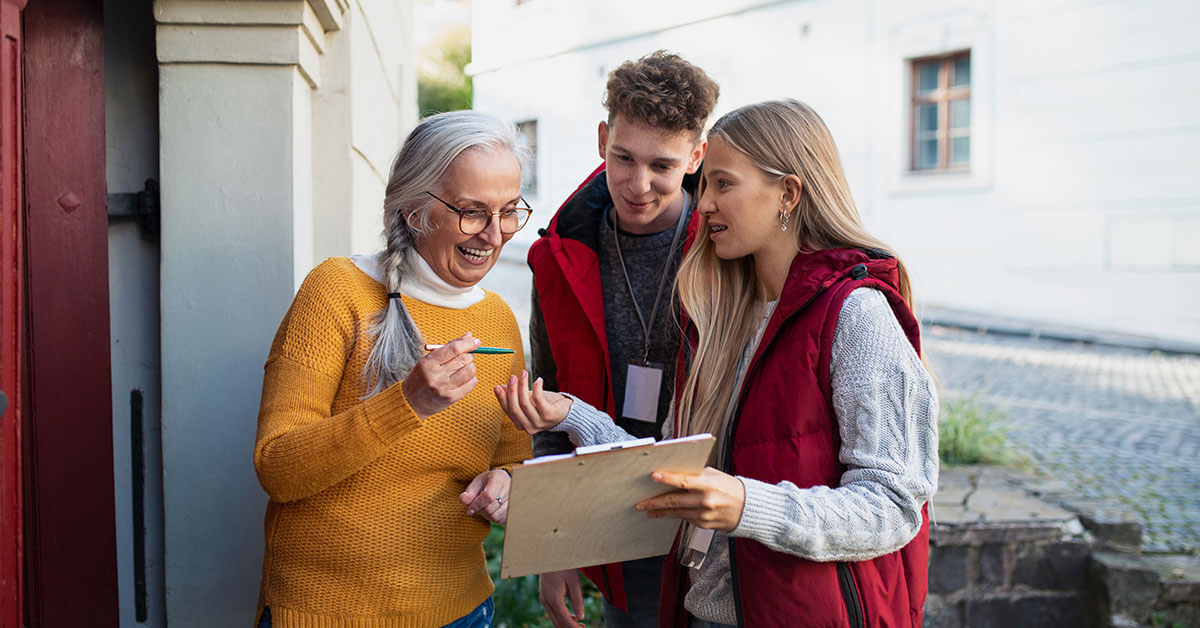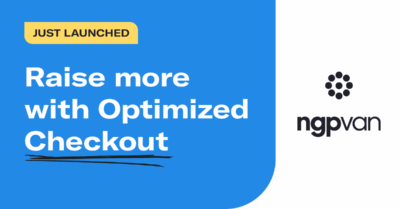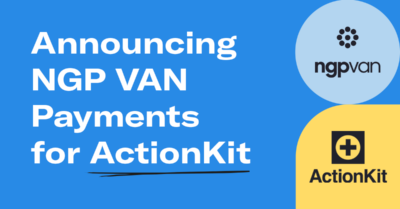What is a Ballot Initiative?

Ballot initiatives play a vital role in allowing voters to propose and enact laws through a direct vote of the people rather than relying on those from elected officials. This blog aims to provide a comprehensive understanding of ballot initiatives, including defining what they are and why they are significant. It will also explain the process of getting a ballot initiative on the ballot and share more about two organizations that successfully organized around ballot initiatives to expand Medicaid and protect the right to choose in historically red states.
How Do Ballot Initiatives Vary by State?
A ballot initiative refers to a legislative or constitutional proposal that is placed on the ballot, shifting the decision-making from elected officials directly to voters. Ballot initiatives are sometimes referred to as ballot measures, ballot propositions, referendums, or constitutional amendments. While these terms vary by state in their definition, how or if they can be placed on the ballot, and whether the legislature needs to be involved in some capacity, most are typically decided directly by voters with a simple majority of the vote. According to Ballotpedia, 26 states currently have one form of a citizen-led ballot initiative to either propose new laws or constitutional amendments or vote to repeal or retain laws enacted by the legislature. Now that we’ve defined what ballot initiatives are, let’s discuss why they’re important.
Why Are Ballot Initiatives Important?
While citizens can vote to elect candidates every election cycle, they usually can’t vote directly on legislation or constitutional amendments as legislators do. Ballot initiatives give voters a direct channel to vote on policies that can impact their lives and communities. They also provide citizens with an opportunity to address issues that may be overlooked or intentionally disregarded by their legislators. Ballot initiatives can be a powerful channel for change, but there are quite a few steps involved with getting them on the ballot.
How Do Initiatives Get on the Ballot?
Guidelines vary from state to state, but these are typically the steps you will need to take to get a ballot initiative on the ballot.
Gather Petition Signatures
Typically, you’ll need to gather a specific number of voters’ signatures who want to vote on a ballot initiative. Groups or organizations will form to help collect these signatures from voters across the state. These groups and organizations will begin recruiting more volunteers to gather more signatures and build their volunteer base for get out the vote (GOTV) operations. Most states require a specific percentage of signatures based on previous election results, while others may require something different. Signatures may also need to be gathered in different geographic areas (e.g., legislative districts or counties) depending on state guidelines. It’s typically best practice to gather more signatures than you need in case some of the signatures are rejected during the review process.
Review of Petition Signatures
Once signatures are turned in to the relevant election authority, the signatures are reviewed and either approved or rejected. State guidelines differ regarding why a signature may be rejected, but you should know these guidelines before you start collecting signatures to help mitigate the rejection of your hard-earned signatures. Again, it’s typically best to gather more signatures than you need to ensure you’ve gathered enough signatures by the submission deadline. After these signatures are reviewed and approved, the measure will then be placed on the ballot.
Mobilize Voters to Support Your Cause
Once the ballot initiative is officially placed on the ballot, the campaigning begins! Groups will organize to support or oppose ballot initiatives and begin contacting voters and mobilizing supporters in a similar manner to political campaigns. With a comprehensive voter file solution and trusted organizing tools, groups can easily create targeted lists of voters, conduct outreach to those voters, and record data to act on in the future to help get out the vote. Once voters can start casting their ballots, groups can then pull lists of identified and likely supporters of their ballot initiative to mobilize them to get out the vote.
Results on Election Day
Voters will cast their ballots leading up to Election Day and groups will continue to contact voters until the polls close on Election Day. After the polls close, some ballot initiatives will be decided on election night, while others may take days (or longer) to determine their fate. After Election Day, groups will meet to debrief and discuss election results whether they won or lost. This debrief allows them to understand what went well, what could have been improved, and share any other thoughts about the ballot initiative or work completed by staff and volunteers.
What Types of Issues Are Addressed Through Ballot Initiatives?
There are a number of issues that have been addressed through ballot initiatives over the years. From legalizing marijuana to expanding voting rights to passing gun control measures, many groups have organized and worked to pass impactful ballot initiatives that have made significant changes in communities across the country. Here are two recent examples of victorious groups that organized around ballot initiatives:
The Fairness Project (TFP)
The Fairness Project (TFP) funds and provides assistance to state and municipal ballot initiatives to elevate economic fairness issues. TFP continues to help voters take direct action to enact sound economic policy and change their own lives. In Missouri and Oklahoma, TFP supported two initiatives for Medicaid expansion, which helped deliver life-saving care to over 430,000 people in the midst of the pandemic. Since then, they’ve continued their work supporting ballot initiatives across the country, winning 31 of the 33 ballot measures they’ve supported since their inception.
Protecting Abortion Access
After the overturn of Roe v. Wade, Kansas became the first state to vote on access to reproductive healthcare. Kansans for Constitutional Freedom organized and executed voter outreach strategies to prompt historic turnout in Kansas and defeat an anti-abortion constitutional amendment in a historically red state. This was the first of many resounding victories protecting abortion access in the 2022 election cycle.
Looking Toward the Future of Ballot Initiatives
With new ballot initiatives arising every election cycle, groups will continue to evaluate software that can help them advance their ballot initiative through voter outreach efforts. NGP VAN has powered dozens of ballot initiatives across the country by providing a comprehensive voter file solution with trusted and industry-leading organizing tools. If you want to learn how NGP VAN can power your ballot initiative, request a demo today.



